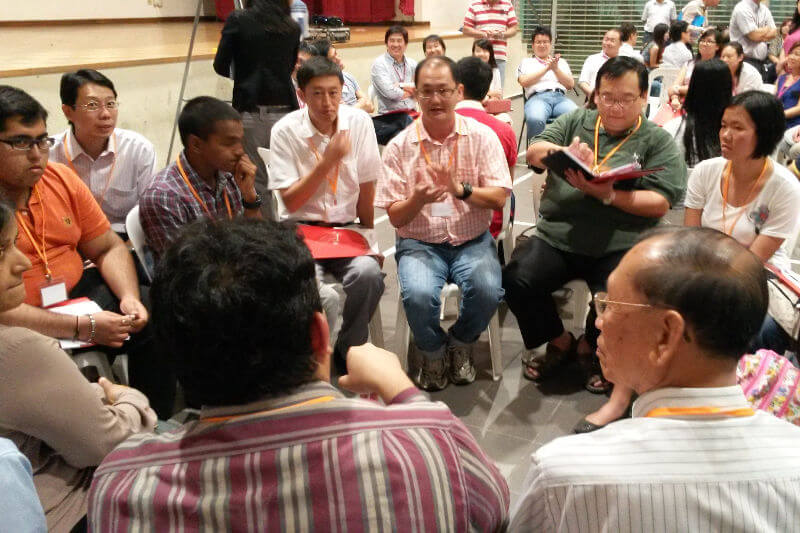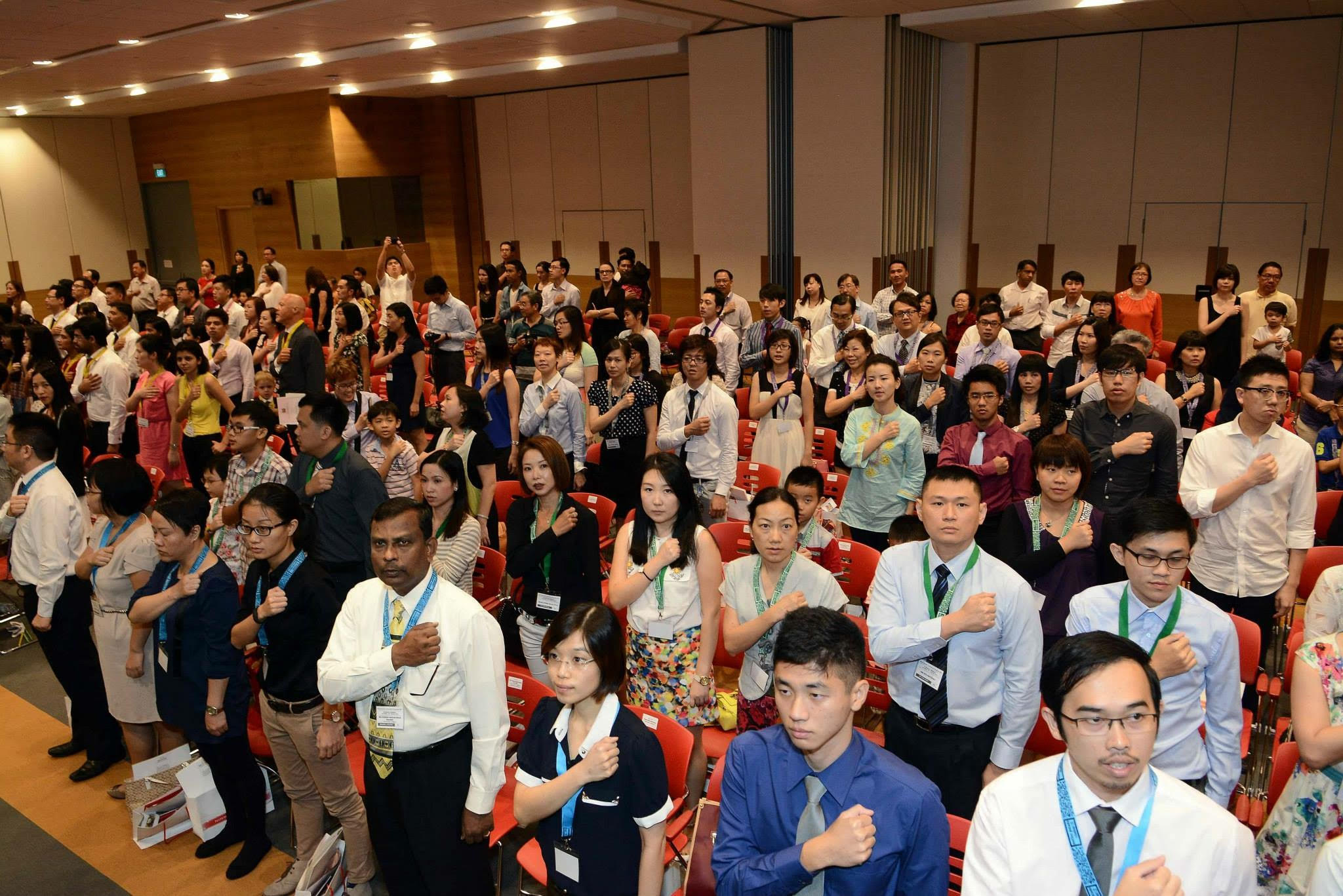Singapore's demographic is getting older.
And one way to deal with it is to add to the population by introducing new citizens.
But the process to get the pink Identification Card is not as straightforward as some imagine.
Course for aspiring Singapore citizens
The Singapore Citizenship Journey (SCJ) was launched in 2011 as a basic requirement for all aspiring citizens of Singapore to undergo and pass.
But it was started with the premise to help newcomers integrate and adjust to life in Singapore.
It is meant to enrich new citizens’ understanding of the key milestones in Singapore’s history, to deepen their appreciation of Singaporean norms and values, and to encourage opportunities for meaningful interaction with the local community.
And it consists of three parts: An online quiz, a half-day experiential tour to key national landmarks and national institutions, and a community sharing session.
After completing these, new citizens are expected to attend an official citizenship ceremony.
Citizenship applicants must go through the entire programme within two months of receiving an approval-in-principal, or risk having their application withdrawn.
e-Journey
The most no-frills portion of the course is the he e-Journey, which consists of an online tutorial and a quiz.
The tutorial includes information on Singapore's history and development as a country, key national policies, Total Defence, as well as our efforts in building a cohesive and harmonious society.
There are five modules in total.
After each module, the new citizens are required to answer seven questions before they are allowed to proceed to the next module.
However, they are allowed an unlimited number of attempts for the quiz.
Singapore experiential tour
Once that is done, a half-day tour brings new citizens to key historical landmarks and national institutions in Singapore.
This is where they are exposed to locations where they can learn more about the history of Singapore and how the nation overcomes challenges in the domains of urban planning, transport, water resources, as well as security and defence.
Examples of the venues include the NEWater Visitor Centre, the National Museum of Singapore and the Land Transport Gallery.
 Image via Urban Redevelopment Authority
Image via Urban Redevelopment Authority
Community Sharing Session
And the third portion of the event is a community sharing session to allow new citizens to meet fellow residents and grassroots leaders from their own constituency.
New citizens are expected to reflect on their journey towards citizenship and learn how they can actively participate in the community.
At the same time, the grassroots leaders will try and integrate these new citizens into Singapore via sharing their experiences.
 Image via National Integration Council
Image via National Integration Council
Citizenship Ceremony
And when these activities are all said and done, it is on to the ceremonies.
There are two types of citizenship ceremonies.
The GRC-level Citizenship Ceremonies (GCCs) are organised by the People's Association and conducted on a quarterly basis.
New citizens will receive their pink NRICs and their citizenship certificates from the guest-of-honour, which is usually one of the advisors in the GRC.
They will also recite the pledge and sing the national anthem with their fellow citizens.
In addition, there is also an annual National Citizenship Ceremony (NCC).
This is held in August, together with the National Day celebrations, in order to mark the significance and privilege of citizenship.
While the GCCs also emphasises this on a community level, the NCC highlights this on a national level.
Critics
However, even though some have lauded the SCJ for at least addressing concerns that new citizens are not doing enough to integrate into Singapore society, others have been more critical of the programme.
The main criticism is that the quiz portion of the course falls short of a proper citizenship test, given its lack of rigour and lax completion standards.
Others argue that certain requirements, such as the ability to speak English or the performance of community service should be made compulsory in the citizenship process.
These are seen to be important benchmarks as they prove the willingness of new citizens to socially integrate into society.
In addition, there are many intricacies to living in Singapore, such as the knowledge of the various acronyms in use locally, and many unspoken cultural norms, which cannot adequately be tested using a mere quiz.
[related_story]
However, Leong Chan Hoong, a research fellow at the Institute of Policy Studies, has reminded the public that the SCJ is not meant to be a test. It is more a rite of passage and a learning experience for would-be Singaporeans.
As he puts it: "Not everyone can arrive to be a 'proper' Singaporean if we apply the same citizenship criteria in judging ourselves."
Top Image via Institute of Policy Studies
Some unrelated but equally interesting stories:
How to train to be a ninja warrior, in your office
Watch a concert with your ears only at this Esplanade concert in the dark
If you like what you read, follow us on Facebook, Instagram, Twitter and Telegram to get the latest updates.
